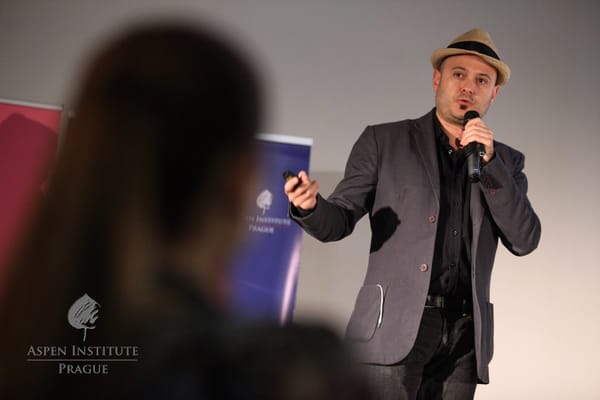Ethical Tech Implementation in Cultural Spaces: A Framework for Community-Centered Decision Making

The pressure to digitally transform your cultural institution is constant. But between vendor promises and community needs lies a critical gap: ethical implementation that serves your mission. After working with many cultural institutions, I've discovered that successful technology projects share one key element – they start with community impact rather than technical specifications.
Here's a practical framework you can use tomorrow: Before your next technology decision, gather your team and work through what I call the "Community Impact Stack." Unlike traditional tech stacks that build from infrastructure up, this approach builds from community value down.
Start with this question: "How will this technology enhance our community's ability to meaningfully engage with our collections and spaces?" Notice this isn't about features or efficiency – it's about human connection and value creation.
Next, examine power dynamics. Who gains more control or access through this technology? Who might lose it? For example, many museums are discovering that their shiny new VR installations inadvertently excluded patrons due to access bottlenecks and form gimmicky distraction from core content. By identifying issues like this early, museums can modify their tech implementations to increase access and impact, instead of reducing it.
Consider data dignity. Cultural institutions hold not just artifacts but stories, histories, and community memories. Your technology choices impact how these stories are told and shared. Before implementing any new system, map out: What data will we collect? Who owns it? How will it be protected? How will communities maintain agency over their own narratives?
Finally, build in feedback loops. Technology shouldn't be a one-way street. Create regular checkpoints to assess community impact and adjust course. Establish a quarterly "Digital Direction" dialogue with community members — digital placemaking (online and offline) is a practice that requires regular caretaking.
Tomorrow's Action Step: Before your next tech meeting, schedule a 30-minute "Community Impact Review." Use these three questions:
- How does this technology enhance our community's ability to engage with our mission?
- What community voices need to be part of this decision?
- What mechanisms will we use to measure and respond to community impact?
Remember, ethical tech implementation isn't about slowing down progress – it's about ensuring your digital transformation truly serves your community's needs. Your technology should amplify your institution's impact, not just its capabilities.
Need help implementing this framework? Let's connect and discuss how to align your technology decisions with your community impact goals.


